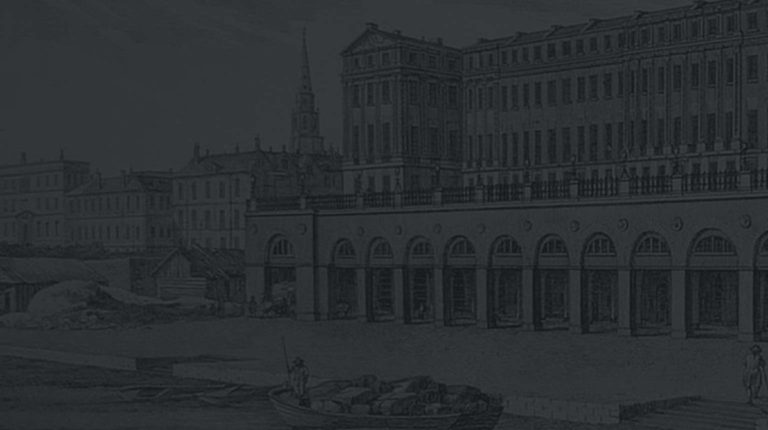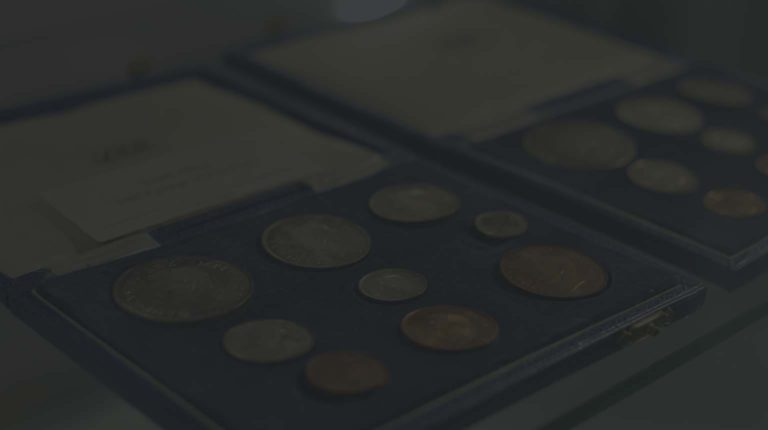A cup of tea. As quintessentially British as queuing or a 3-hour discussion about the weather. It is, however, a stereotype that often rings true. The British as a nation drink on average 3.5 cups of tea per day. This equates to around 165 million cups per day. Or a staggering 62 billion a year.
Ingrained as it is within the British culture (think afternoon-tea, high-tea, tea-cakes, the tea-trolley, and so on), it is little surprise that it has enthused (and infused) millions. George Orwell, for example, was a notable tea devotee, and identified 11 rules for tea-making. These, he insisted, should be adhered to at all times – details such as warming the teapot before use, only using certain types of tea, etc.
Orwell’s list may have seemed a trifle obsessive, but for some unfathomable reason he failed to include the process of drying and grinding tea leaves and then pressing them into bricks to use as currency.
Orwell’s baffling omission was probably due to the fact that he lived more than 1984 miles away from where this practice was prevalent: China and the Far East.
Hong Kong Coin Auction 61 – Lot 320
Russian Tea Brick, late 19th or early 20th Century, 185mm x 240mm
Edges and corners a little rubbed, otherwise well preserved.
Estimate: US$100-150
Tea-bricks were, in fact, the most commonly-used form of currency for the Far East region pre-Ming Dynasty (c.1368), due to the high value of tea at the time. They were carried by the caravans travelling to Tibet and Mongolia and used as currency en route, before any remaining were sold as food in Russia.
Early tea-bricks were often ground with binding agents such as flour, blood or manure, rather diminishing, one feels, their appeal as a foodstuff. In Britain, where tea is revered so, it is difficult to imagine the public taking to such ingredients being added to Orwell’s list (apologies to those currently reading this whilst enjoying a cup of their favourite beverage).
The practice of manufacturing tea-bricks continued through the centuries, reaching its height comparatively recently in the 1880’s when inscriptions of the manufacturer or the locality of the factory were pressed in the bricks. The advent of the hydraulic press in 1878 re-invigorated the process, and by the turn of the century there were French, American and German firms brokering tea-bricks in China.
The highest grade of tea-bricks were made for the Russian market (such as the example pictured above, for sale in Hong Kong Coin Auction 61), where they were extremely popular. During the Russian invasion of Tibet prior to WWII, for example, the Russians were noted for buying up huge stocks.
Tea-bricks are still made to this day, and widely used in Tibet and Central Asia.
In Britain, the traditional beverage-of-choice took a slightly different evolutionary route. For that, we have to thank Thomas Sullivan, a New York tea merchant whom, in 1908, had the bright idea of selling tea in little silk bags. Many people were unaware they were supposed to empty the contents before use, and instead immersed them in water. The tea-bag was born.
The humble tea-bag as we know it today is, unlike the tea-brick, unlikely to ever be used as a form of currency (although never say never). For those of us fascinated by the more unusual forms of money, however, the tea-bricks stand as intriguing and absorbing examples of historical import.
So the next time someone asks you to ‘spare a penny for a cup of tea’, bear in mind that not so long ago these were one and the same thing…..


